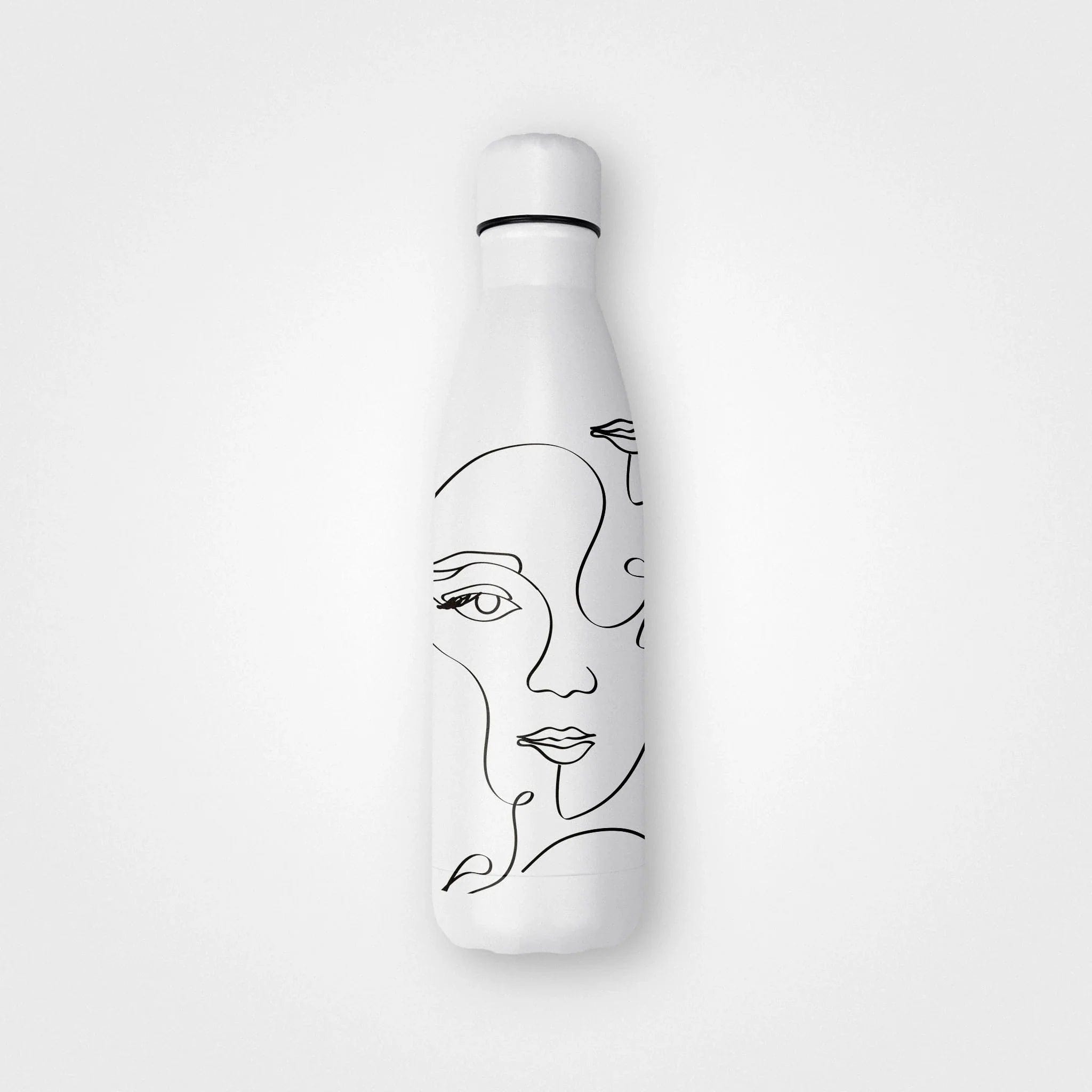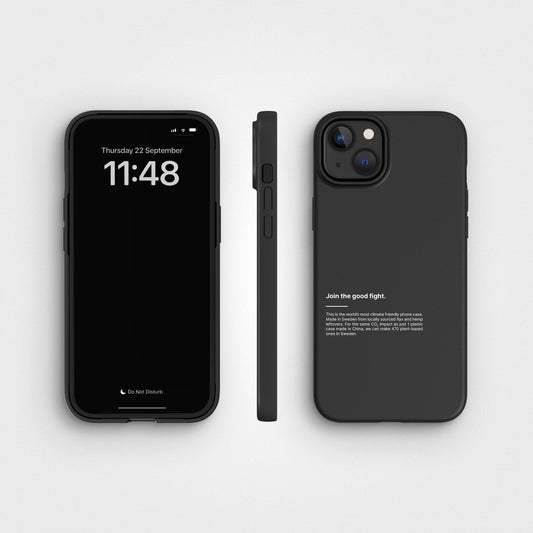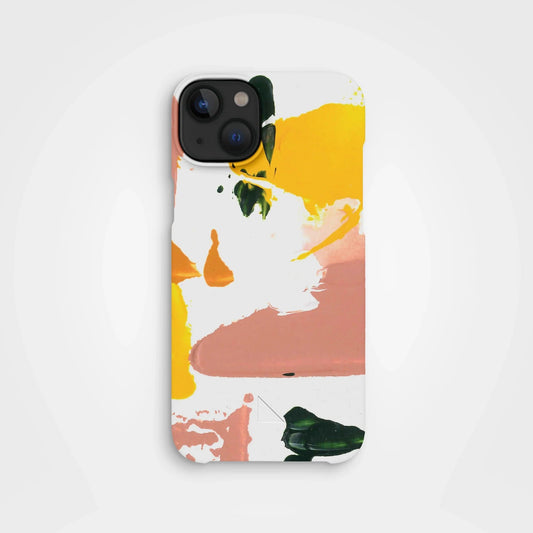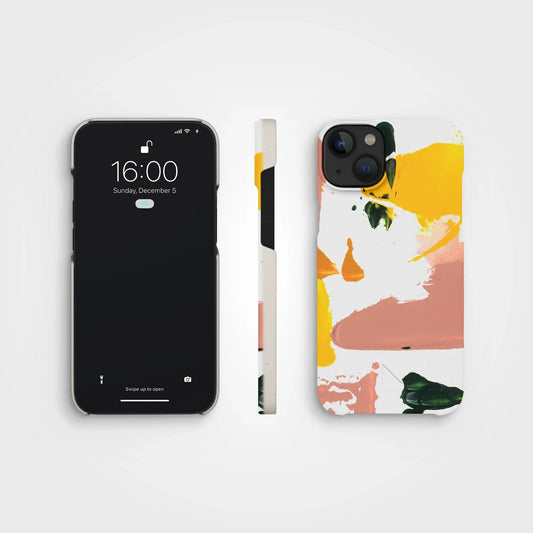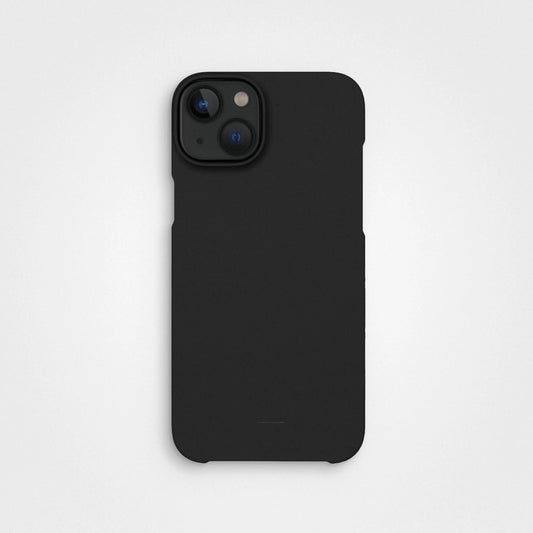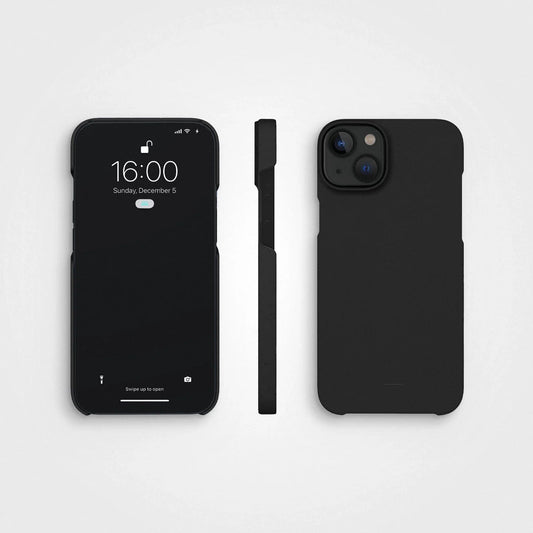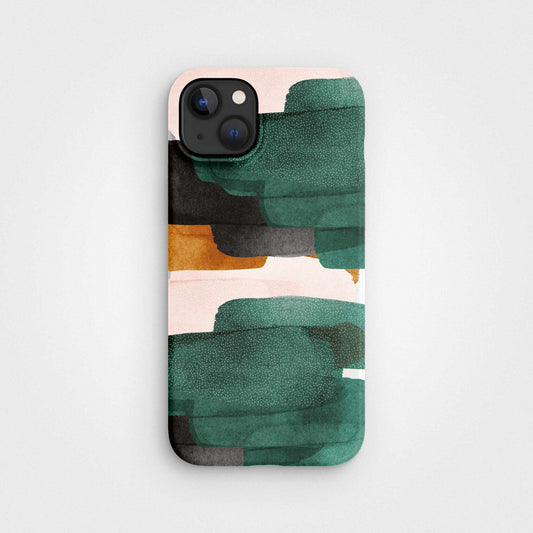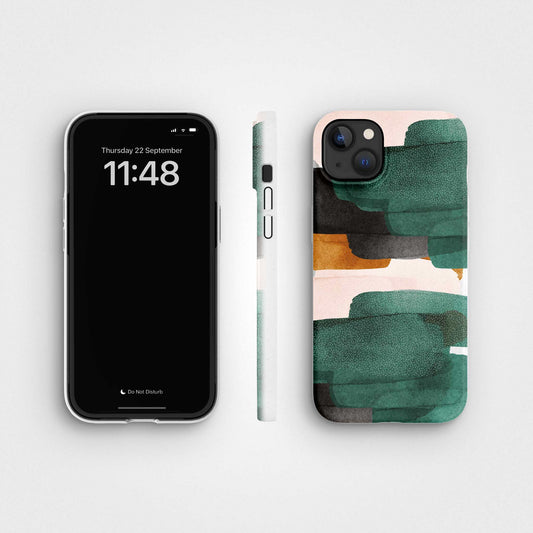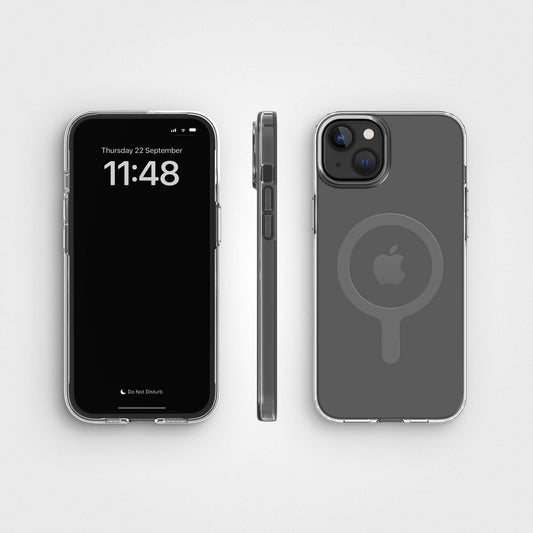Take a quick look around yourself. How many plastic objects can you see? Perhaps you’re at work drinking water from a plastic cup, or you’ve just finished your takeaway meal using disposable cutlery. Or you’re just enjoying your cup of coffee you bought outside work. The truth is, all of those plastic items will end up in landfills, and they’ll probably never be recycled, let alone become circular.
Now you’re maybe wondering what is the difference between circular, recycled, and regular plastic anyway?
We’ve prepared a detailed guide to introduce you to different types of plastic so you can make different, better choices in the future.
Quick links
-
What is regular plastic?
-
Downsides of using regular plastic
-
What is recycled plastic?
-
Advantages of using recycled plastic
-
What is circular plastic?
-
Advantages of circular plastic
What is regular plastic?
Regular plastic, also known as virgin plastic, is made from crude oils, petroleum, and natural gas through mechanical processes. The material is heated so that it liquefies and becomes easier to shape. Then pressure is applied so that the new form can become constant. The result is one of the millions of different, colourful, plastic products used around the world.
The fact that plastic is easy to shape, durable, non-corrosive, and can be in any colour we can imagine, and used in any industry possible, contributes to its popularity around the globe. The negative impact it has on the environment is just as grandiose as its usage is.
Downsides of using regular plastic
If immortality for your trash sounds appealing, regular plastic is the way to go. But for the rest of us, it’s a nightmare in slow motion.
Using raw materials
To create virgin plastic, raw materials have to be used, as we already mentioned. But, this is just one aspect of the issue. The other aspect is the way in which materials are obtained. Mining and drilling have a negative impact on the environment, causing irreparable damage in cases of oil spills, not to mention habitat loss for a plethora of plant and animal species.
Greenhouse gas emissions
The energy required for extraction and processing of oil and gas and plastic creation contributes to greenhouse gas emissions. It has a direct influence on climate change and air pollution. Did you know that plastic accounts for almost 4% of greenhouse gas emissions?

Plastic waste is detrimental to the environment
Around 100,000 marine mammals die after accidentally swallowing a piece of plastic annually. This is devastating, as plastic waste is getting bigger and bigger by the day. Creating new amounts of virgin plastic is not helping solve the issue.
What is recycled plastic?
Known as post-consumer recycled plastic (PCR), recycled plastic is collected after consumers have finished using it. Through several recycling processes, such as shredding and melting down, it is reprocessed into new plastic. Then, the PCR plastic is ready to be used again as a new product, like this Bluetooth speaker, which is made from 44 recycled plastic bags. Similarly, our phone wallet made from 100% recycled nylon, is a great way we’re turning waste into something practical and stylish. Once you’re done using it, the wallet can be recycled through standard plastic recycling programs.
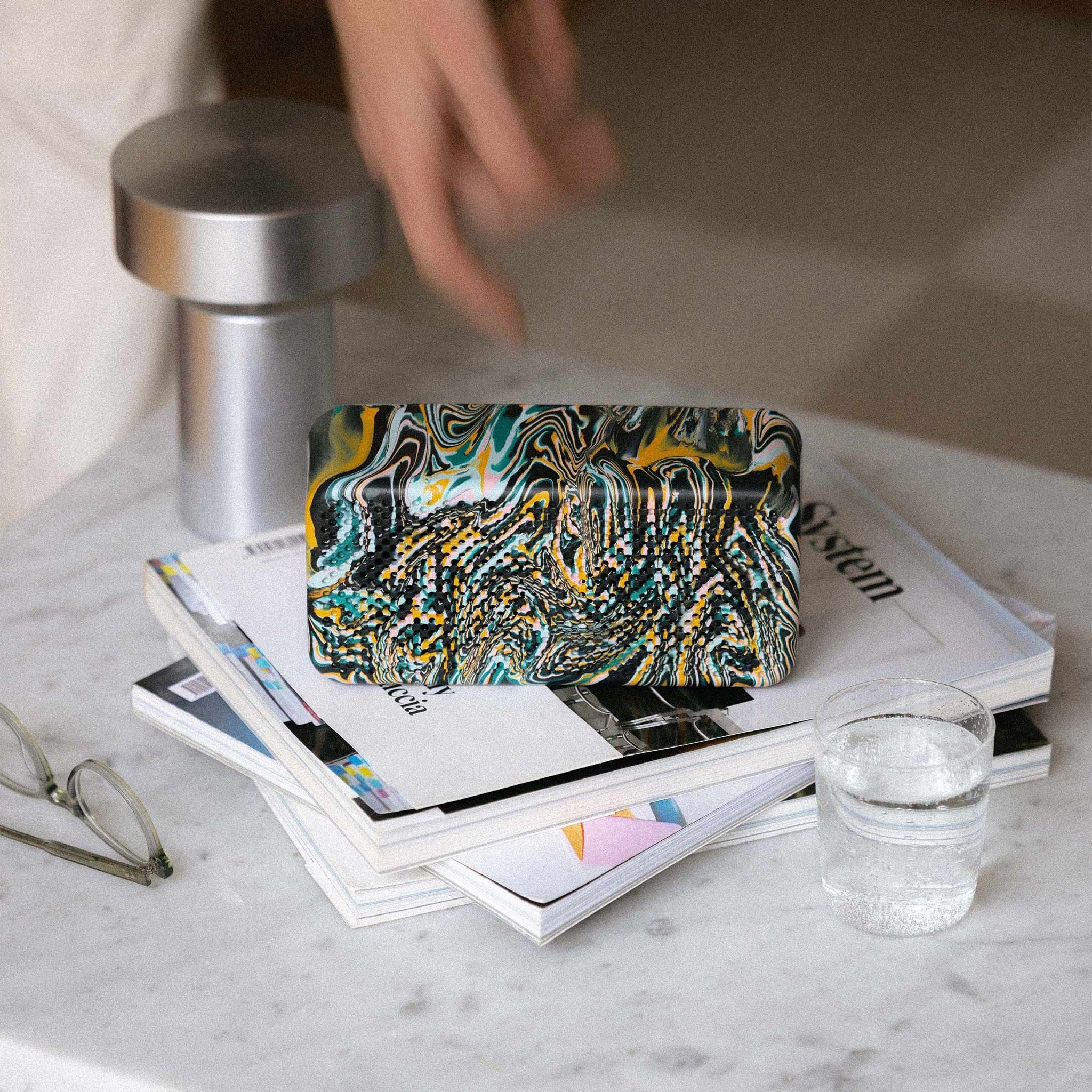
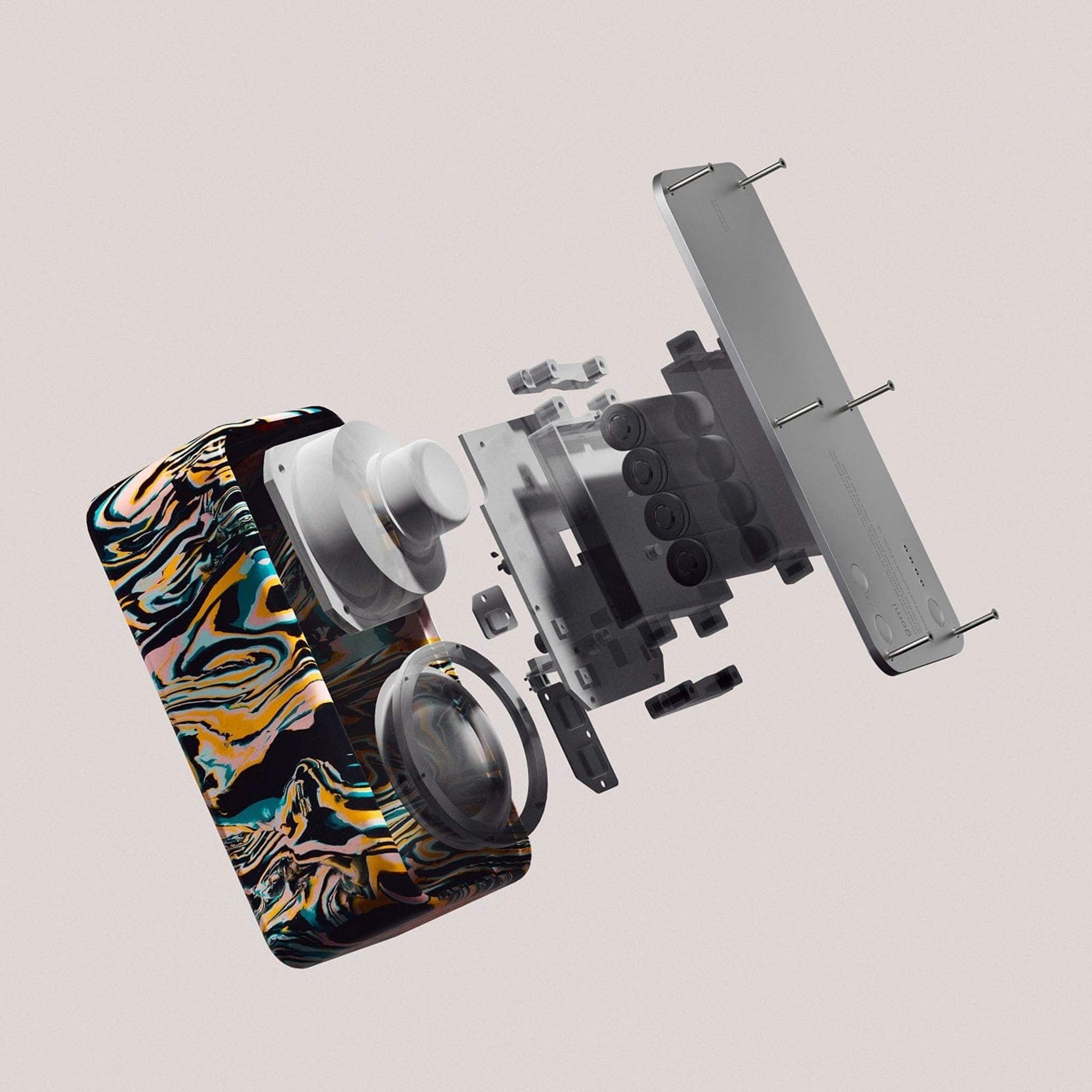
But, one of the issues with recycling plastic is that it can only be recycled a few times before it finally goes to waste. Also, the levels of recycling plastic are significantly lower than expected. For example, only 5-6% of plastic was recycled in 2021 in the USA, leaving 51 million tonnes in landfills.
Advantages of using recycled plastic
Less waste in landfills
Every single day, an insurmountable amount of waste is created, and this affects our environment. It can take decades for a single plastic cup to break down, all the while leaking hazardous materials into the soil, water, and air. Recycling plastic is a great solution to waste reduction.
Preservation of natural resources
To produce virgin plastic, it takes a lot of natural resources such as petroleum and natural gas. Both petroleum and natural gas are not renewable. Hence, recycling plastic will reduce the need for non-renewable resources and help protect the environment.
Reduction of carbon footprint
The energy levels required for creating virgin plastic are much higher than for recycling plastic. Thus, the carbon footprint level is much lower, which eventually helps in the climate change battle. We need to reduce carbon footprint levels to slow down the climate change process.
Choosing reusable products, like our thermal bottles made from recycled stainless steel, is another step in the right direction. These bottles reduce the demand for single-use plastic but are also built to last, offering a sustainable solution for your everyday hydration needs.
What is circular plastic?
Circular plastic is plastic that has a prolonged life, meaning that it is used longer than both virgin and PCR plastic. For this to be successful, plastic has to be created with the goal of being circular.
This kind of plastic is reused many times as it’s strong and durable. The product can be recycled and then used again as new. The goal is for a single product to have a longer lifespan. Why? Because we want to prevent plastic from ending up in landfills, as we know it will likely not be recycled.
And instead of just releasing microplastics into our soil, circular plastic will circulate much longer in our everyday lives as a functional product.
Circular plastic is also a part of the circular economy, where everything that we use can be reused again and again, recycled, and repurposed. We strive to make the circular economy efficient by introducing the agood loop™ system. In our agood loop™ system, once you stop using a certain product that is part of the agood loop™ system, you simply return it to us, and we will recycle it and make it a brand-new product for someone else to use.

Advantages of circular plastic
The advantages of circular plastic resemble the advantages of recycled plastic, but to a much greater extent. The impact of circular plastic on the environment is reduced to a great extent, as there is no waste and no raw materials used for creating new plastic. Therefore, carbon footprint levels are reduced, and air pollution damage is minimised.
This is where our clear phone case, made from excess production material and recycled candy boxes, shines. Or consider a power bank, crafted from non-recyclable plastic and powered by repurposed e-bike batteries. These products are built to last, reducing the need for new plastic and keeping existing materials in circulation.
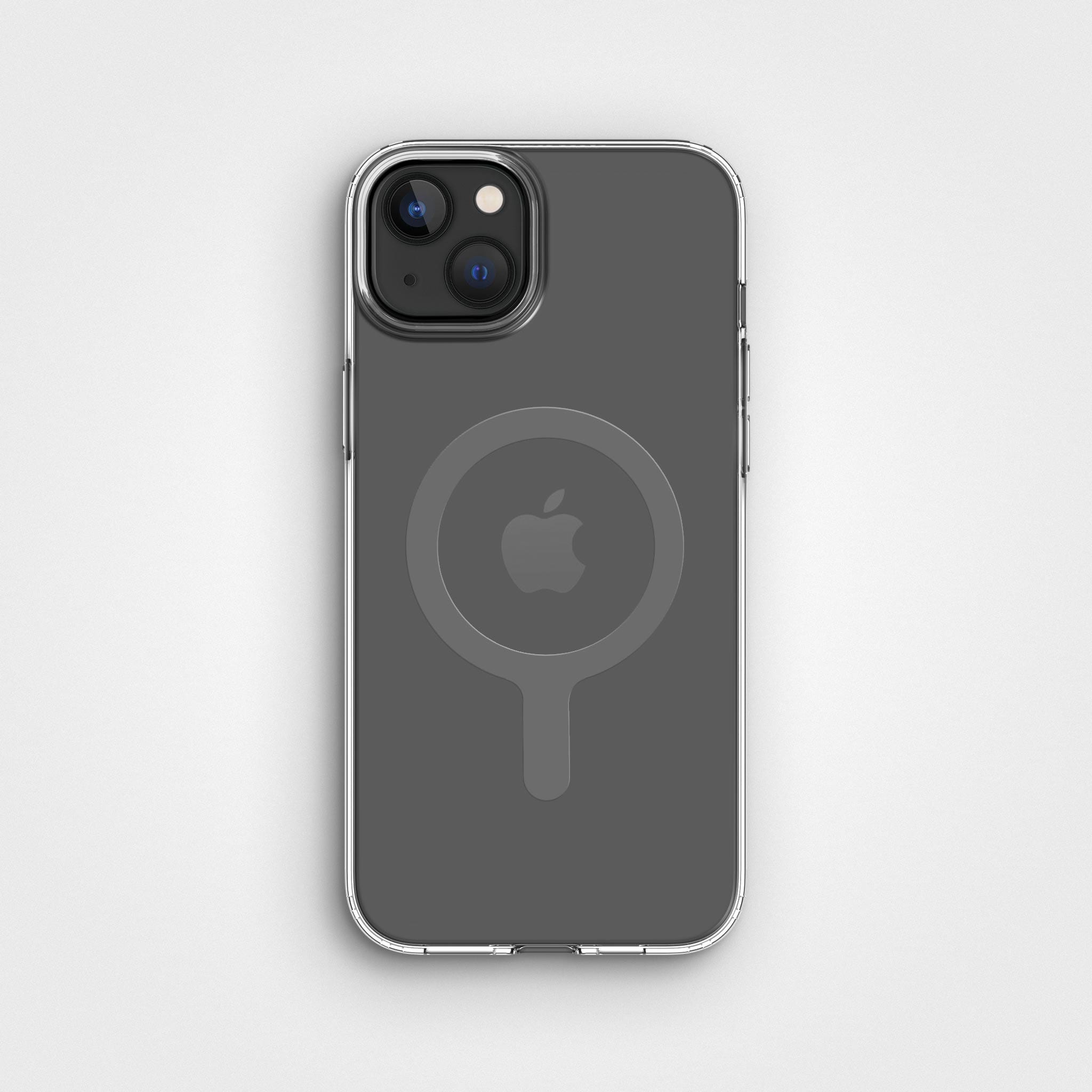

Final word
Choosing recycled and circular products is the best thing we can do for our environment. As consumers, we have the power to alter the marketplace and reduce the need for virgin plastic.
While we are painfully aware that plastic is here to stay, there is much we can do to protect nature and minimise the negative effect. On your next purchase, make sure to choose products that you can use for years to come.


